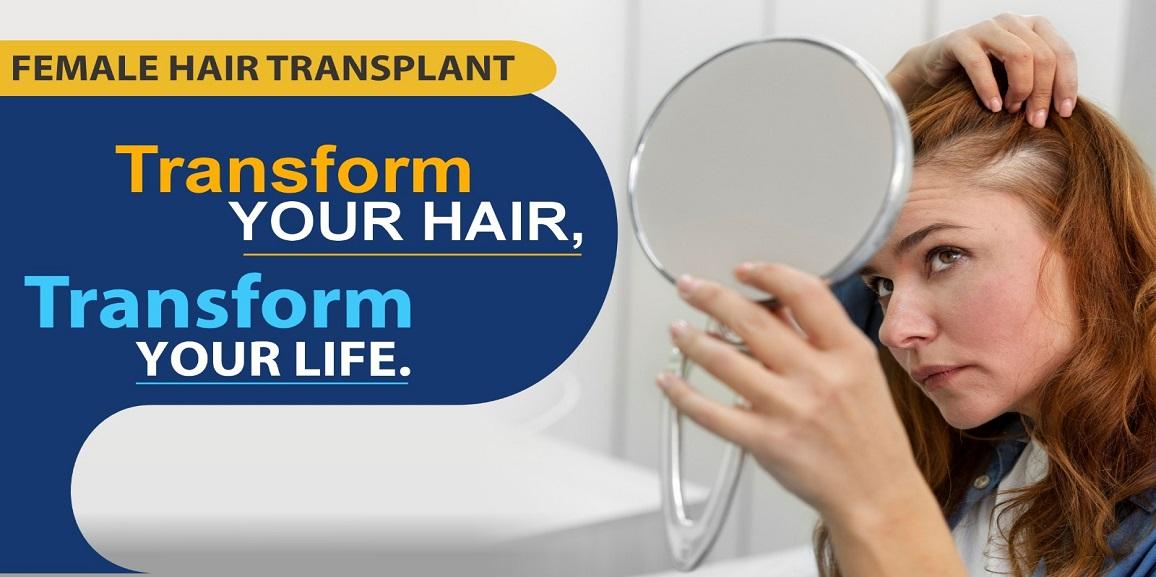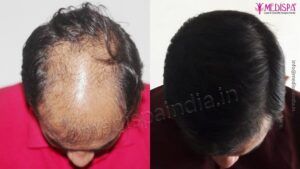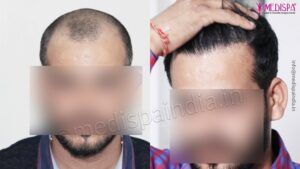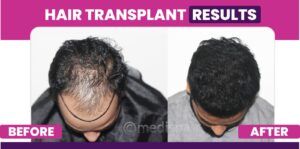
Female hair loss presents unique challenges that may surpass those faced by men, particularly due to contemporary societal norms that continue to prioritize both personality and physical appearance in personal and professional contexts. While women’s empowerment has fostered significant progress, placing women on equal footing with men in various aspects, the incidence of hair loss among women has notably risen, largely attributed to lifestyle and environmental changes. Although the fundamental causes remain, various contributing factors have led to a heightened occurrence of hair loss in women today.
Advancements in medical science have introduced remarkable innovations in health care, resulting in a wide array of treatment options for various conditions. The cosmetic industry has also undergone substantial transformations, leading to an increased demand for aesthetic procedures. Once primarily sought after by celebrities and high-profile individuals, these treatments are now gaining popularity among the general populace, driven by heightened awareness of beauty and the accessibility of these services in a competitive market.
Among the most effective solutions for hair loss is the “hair transplant,” a restorative approach to addressing baldness. It is essential to evaluate the efficacy of this hair restoration technique in treating hereditary pattern baldness in women.
Options to treat female pattern baldness
Many women attempt to address their hair loss through homemade remedies or cosmetic products, as they often do not perceive their condition as a significant bald area. Unfortunately, irreversible hair loss tends to persist and may worsen over time.
Initially, women may seek temporary solutions such as wigs and synthetic hair; however, these options can be challenging to maintain and require frequent replacement, which can be costly, especially for high-quality products that appear natural.
Medications such as minoxidil and finasteride have been recognized as viable options for women experiencing hair loss. These treatments can slow the progression of hair loss and promote hair regrowth. However, finasteride is generally not recommended for women of childbearing age, and the benefits may be temporary, making its use somewhat uncertain.
Hair transplant is considered a safe and highly effective method for achieving permanent hair restoration. The success of this procedure largely depends on the skill and experience of the hair transplant surgeon.
Dr. Suneet Soni, the head of Medispa Hair Transplant Clinic, is a pioneer in female hair transplant, having successfully performed over 10,000 procedures. He is internationally recognized for his exceptional expertise and is often referred to as the “master of artistic skills” by numerous Bollywood celebrities, owing to his creative approach in designing natural-looking hairlines.
Hair transplant
A hair transplant is a minimally invasive surgical procedure in which hair follicles are extracted from a designated donor site on the scalp and subsequently implanted into areas experiencing hair loss. This method transfers hair from regions that are not affected to those that are bald due to male pattern baldness. It is crucial to recognize that hair transplantation does not involve the creation of new hair follicles; instead, it is a restorative technique that reallocates existing follicles to address bald patches. The cosmetic surgery involved in hair transplantation is a detailed and skill-intensive process that requires a high level of expertise to ensure satisfactory aesthetic results.
Female hair transplant: Is the technique same as men?
Hair follicles are harvested from the donor area, located at the back and sides of the head, during hair transplant surgery for women, mirroring the procedure used for men. The recipient site is where these follicles are subsequently implanted.
The two primary techniques for graft harvesting in hair transplants are as follows:
- FUT (Follicular Unit Transplantation, commonly referred to as the strip technique): This approach entails the removal of a narrow strip from the donor area, which is then meticulously dissected to isolate individual grafts. Following this, the grafts are implanted at the recipient site.
- FUE (Follicular Unit Extraction): This method utilizes a specialized surgical instrument to extract individual grafts directly from the scalp, which are then placed at the recipient site.
Several factors are considered when performing FUT hair transplants on female patients. The following points highlight the advantages of FUT techniques:
- In cases of pronounced central hair loss where additional grafts are required, significant hair thinning associated with female pattern baldness calls for an increased number of grafts to effectively conceal the bald areas. The Follicular Unit Transplantation (FUT) method is advisable when a larger quantity of grafts is necessary. This technique tends to yield lower transaction rates, allowing for the extraction of more grafts with minimal trauma to the surrounding tissue.
- The necessity of head shaving can be circumvented: It is crucial to note that shaving a woman’s head prior to Follicular Unit Extraction (FUE) is generally discouraged. Consequently, the FUT approach facilitates hair transplantation without the need for shaving, which can be particularly reassuring for women undergoing the procedure.
For a successful female hair transplant, it is essential to have skilled professionals involved throughout the entire process. The implantation phase presents certain challenges and must be executed with precision to protect the adjacent hair, which is vulnerable to a phenomenon known as “Shock loss.” Incorporating female hair transplants can be complex, as women often have specific concerns regarding their appearance. A surgeon must possess both artistic vision and extensive experience to craft a natural hairline that harmonizes with the patient’s facial features. To achieve optimal results that appear natural, careful attention must be paid to the arrangement, alignment, and angulation of the implanted hair follicles.
Dr. Suneet Soni, recognized as one of the leading female hair transplant surgeons in India and globally, is the founder of the Medispa hair transplant clinic. His artistic flair combined with exceptional surgical skills enables him to deliver outstanding hair transplant outcomes characterized by a natural and undetectable appearance. The cost of female hair transplants in India is notably affordable at Medispa, contributing to Dr. Soni’s reputation as one of the most esteemed hair transplant surgeons, owing to his unparalleled expertise and proficiency.







